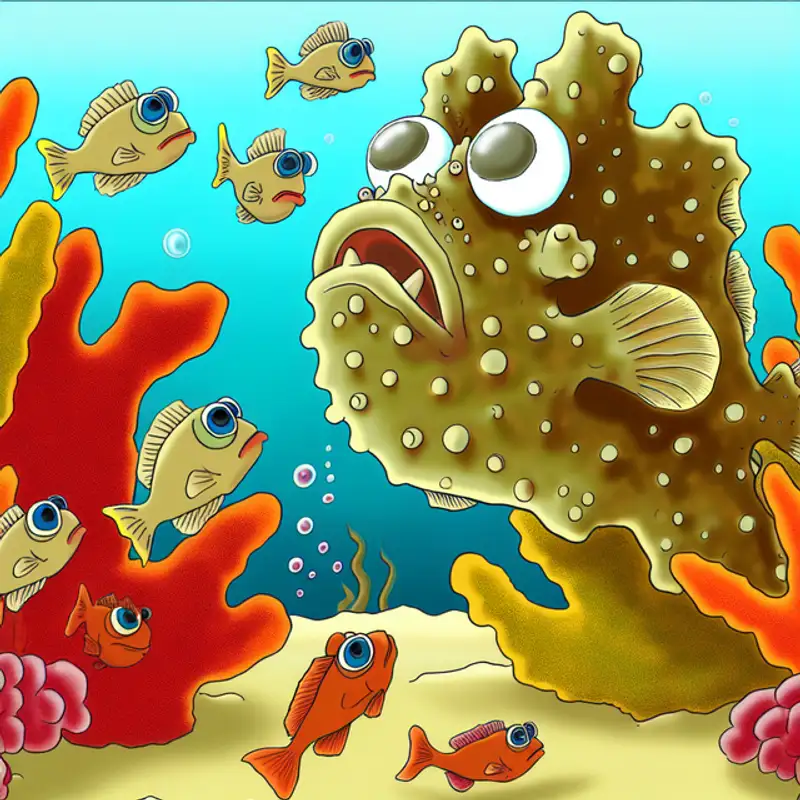 Episode
Episode
· 01:49
The article discusses the evolutionary adaptations of the frogfish, particularly focusing on how it developed its unique "fishing rod" appendage known as the illicium. Researchers led by biologist Naoyuki Yamamoto have discovered that specialized motor neurons allow the frogfish to control the illicium, which was originally a dorsal fin. The unique positioning of these motor neurons in the dorsolateral zone of the spinal cord, rather than the typical ventrolateral zone found in most bony fish, facilitates the frogfish's ambush hunting strategy. This specialization has evolved differently compared to its relatives, like the white-spotted pygmy filefish, yielding important insights into the evolutionary mechanisms behind prey attraction methods in these fish. Further studies are needed to understand the brain regions involved in controlling this behavior.
Key Points:
Listen to jawbreaker.io using one of many popular podcasting apps or directories.